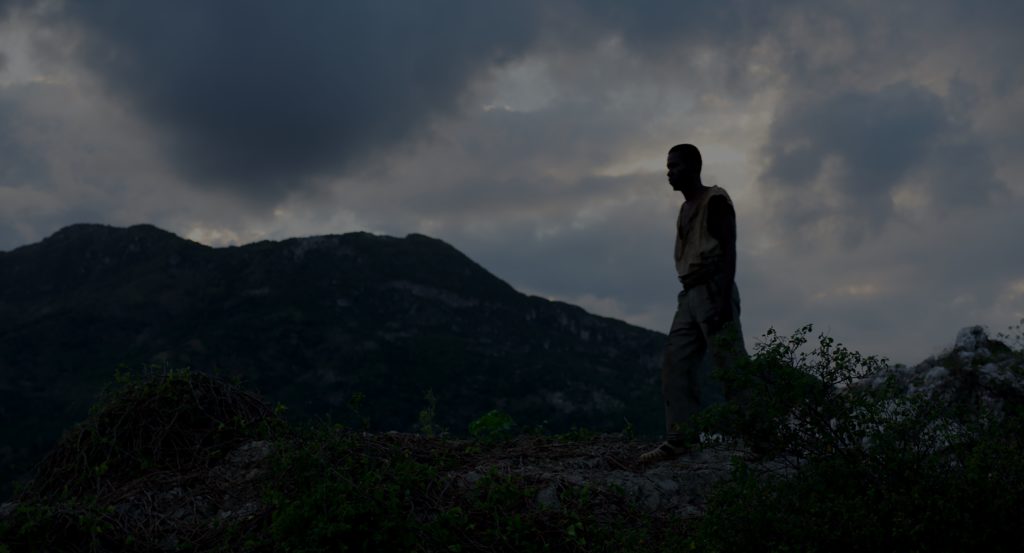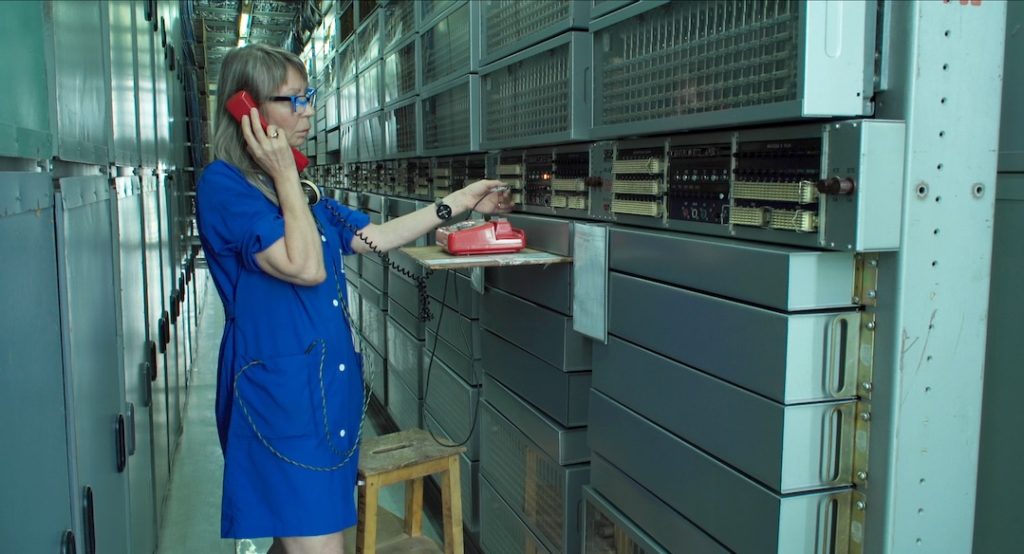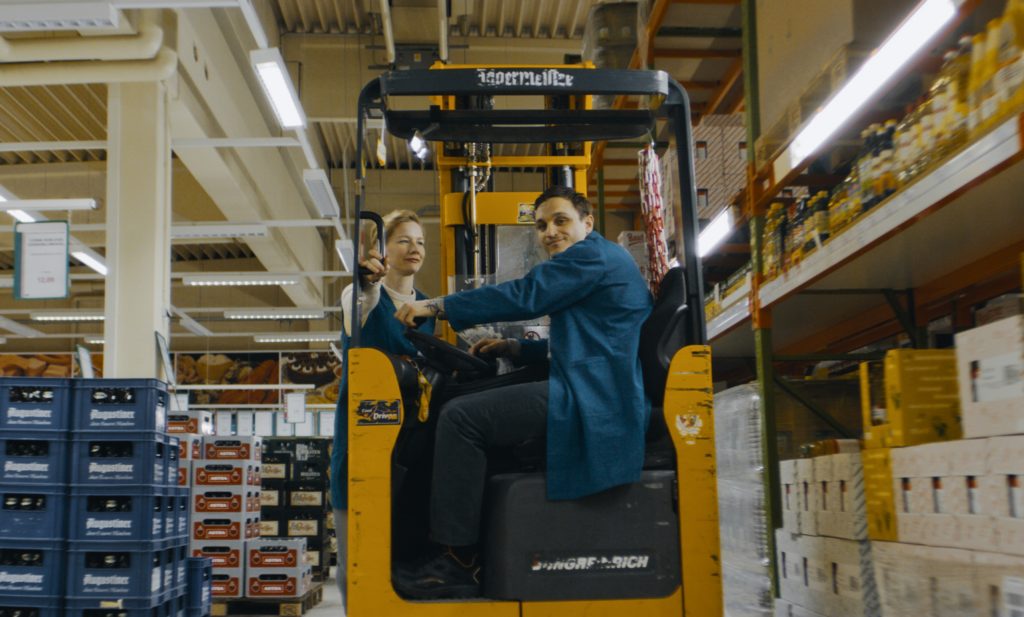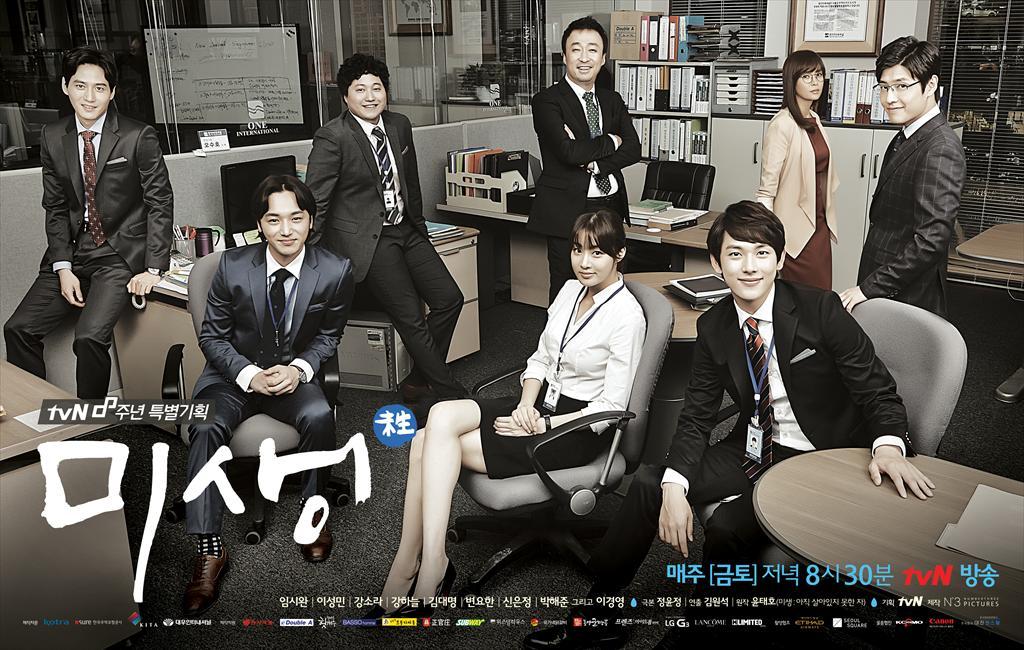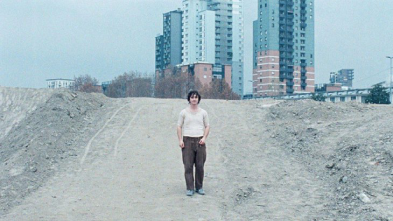Comparative work studies with the camera: Darcy Lange
In the early 1970s, the Kiwi artist Darcy Lange (1946 — 2005) began film studies on the topic of ‘People at Work’. He thus follows in the tradition of Lewis Hine, Walker Evans and Dorothea Lange (no relation), who became famous for their photo documentation of farm workers commissioned by the US Farm Security Administration in the 1930s.
While his claim to use the camera as an instrument of social reform is akin to his peers, Lange in contrast goes beyond them in his methodology. His filmic works are comparative social-anthropological analyses par excellence.
In “A Documentation of Bradford Working Life”, Lange selected four factories (he called them “situations”) and took shots of specific work actions of no more than five workers (he called them “studies”). Each of the 15 studies consisted of 10-minute video recordings, two 16mm film recordings (of the first and last half minute of the video) and a black and white photograph.
According to Mercedes Vicente, whose dissertation and various exhibitions on Darcy Lange have made a significant contribution to ensuring that his work is not forgotten, Lange endeavoured to depict reality as “intervention-free” as possible. This also explains why he used all three media (video, film, photo) simultaneously to record one and the same image detail with systematic precision (Vicente 2009, p. 40). He thus explored both the potential and the limitation of each media for his investigations. A similar comparative methodological approach can be found in his “Work Studies in schools”, 1976–78 (more to come on that later in this blog).
By not editing or changing camera angles or repeating shots, Lange’s videos are thus an attempt to directly document reality. The viewer is not accused of having a particular point of view or any type of bias, making any claims that the montage rips things out of context, unfounded. The works are thus also deliberately in contrast to conventional documentaries, which is also reflected in the act of viewing: Watching Lange’s videos is more like studying scientific material than the passive consumption of a TV documentary.
However, it is precisely this unadulterated and comparative access to the supposed reality that makes Lange’s work interesting for work and educational research. Thanks to Mercedes Vicente, Darcy Lange posthumously gained the fame he deserves in the experimental art film scene, and has recently being showcased at Tate Modern in London in 2017. He has yet to be discovered for research and, subsequently, for social and educational policy either, to which he wanted to make a contribution throughout his entire life.
I owe my introduction to Darcy Lange to my friend, the artist, Gregor Schmoll.
References:
Vicente, Mercedes (2009). Darcy Lange, Camera Austria, No. 108.
Vicente, Mercedes (2017). Images of people at work: the videomaking of Darcy Lange (Doctoral dissertation, Royal College of Art).
Fragments of Darcy Lange's Videos
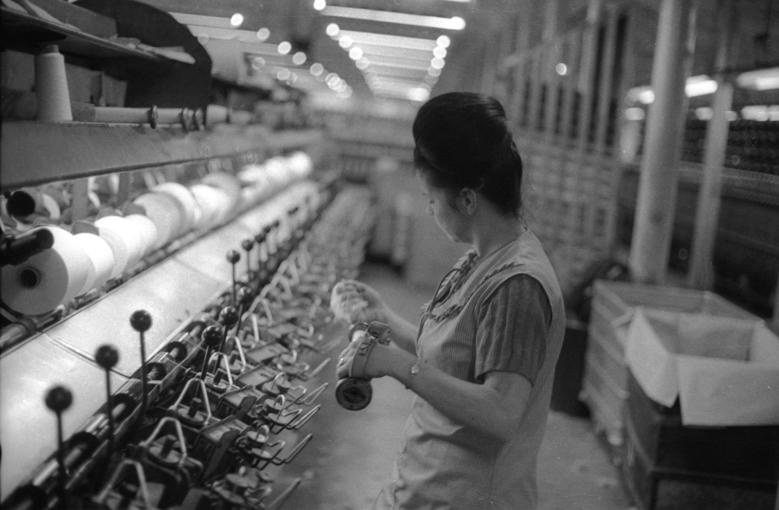
Darcy Lange, A Documentation of Bradford Working Life, UK, 1974
© Collection Govett-Brewster Art Gallery, New Plymouth
Comparative work studies with the camera: Darcy Lange
In the early 1970s, the Kiwi artist Darcy Lange (1946 — 2005) began film studies on the topic of ‘People at Work’. He thus follows in the tradition of Lewis Hine, Walker Evans and Dorothea Lange (no relation), who became famous for their photo documentation of farm workers commissioned by the US Farm Security Administration in the 1930s.
While his claim to use the camera as an instrument of social reform is akin to his peers, Lange in contrast goes beyond them in his methodology. His filmic works are comparative social-anthropological analyses par excellence.
In “A Documentation of Bradford Working Life”, Lange selected four factories (he called them “situations”) and took shots of specific work actions of no more than five workers (he called them “studies”). Each of the 15 studies consisted of 10-minute video recordings, two 16mm film recordings (of the first and last half minute of the video) and a black and white photograph.
According to Mercedes Vicente, whose dissertation and various exhibitions on Darcy Lange have made a significant contribution to ensuring that his work is not forgotten, Lange endeavoured to depict reality as “intervention-free” as possible. This also explains why he used all three media (video, film, photo) simultaneously to record one and the same image detail with systematic precision (Vicente 2009, p. 40). He thus explored both the potential and the limitation of each media for his investigations. A similar comparative methodological approach can be found in his “Work Studies in schools”, 1976–78 (more to come on that later in this blog).
By not editing or changing camera angles or repeating shots, Lange’s videos are thus an attempt to directly document reality. The viewer is not accused of having a particular point of view or any type of bias, making any claims that the montage rips things out of context, unfounded. The works are thus also deliberately in contrast to conventional documentaries, which is also reflected in the act of viewing: Watching Lange’s videos is more like studying scientific material than the passive consumption of a TV documentary.
However, it is precisely this unadulterated and comparative access to the supposed reality that makes Lange’s work interesting for work and educational research. Thanks to Mercedes Vicente, Darcy Lange posthumously gained the fame he deserves in the experimental art film scene, and has recently being showcased at Tate Modern in London in 2017. He has yet to be discovered for research and, subsequently, for social and educational policy either, to which he wanted to make a contribution throughout his entire life.
I owe my introduction to Darcy Lange to my friend, the artist, Gregor Schmoll.
References:
Vicente, Mercedes (2009). Darcy Lange, Camera Austria, No. 108.
Vicente, Mercedes (2017). Images of people at work: the videomaking of Darcy Lange (Doctoral dissertation, Royal College of Art).
Fragments of Darcy Lange's Videos

Darcy Lange, A Documentation of Bradford Working Life, UK, 1974
© Collection Govett-Brewster Art Gallery, New Plymouth

Forced labour even after death
A capitalism-critical reading of the zombie film on the occasion of the release of Zombi Child (2019) by Bertrand Bonello.
Society without connection
The new film "Please hold the line" (2020) by Pavel Cuzuioc loosely follows the work of service technicians in the telecommunications industry in the far east of Europe while actually portraying their customers more. Those who are in danger of losing their connection to society.
Forklift-Conflicts
In the Aisles (2018) by Thomas Stuber is the ultimate warehouse-worker feature film. There has never been so much 'workplace' featured in a movie, set in a wholesale market, with so much insight into learning the ropes of an unskilled job. On top of that, romance.
Korea’s Generation Internship 4.0
The TV series "Misaeng: Incomplete Life" gives deep insights into South-Korea's working world and the difficult transition to get there.
Still, Lazzaro is happy
Alice Rohrwacher's film about the dubious liberation from a relationship of subjection

About this blog
By selecting a film or an image, this blog literally illustrates the vast sphere of work, employment & education in an open collection of academic, artistic and also anecdotal findings.
About us
Konrad Wakolbinger makes documentary films about work and life. Jörg Markowitsch does research on education and work. They are both based in Vienna. Information on guest authors can be found in their corresponding articles.
More about
Interested in more? Find recommendations on relevant festivals, film collections and literature here.
About this blog
With picking a film or an image, this blog literally illustrates the vast sphere of work, employment & education in an open collection of academic, artistic and also anecdotal findings.
About us
Konrad Wakolbinger makes documentary films about work and life. Jörg Markowitsch does research on education and work. We both work in Vienna. Information on guest authors can be found in their respective articles.
More about
Interested in more? Find recommendations on relevant festivals, film collections and literature here.


